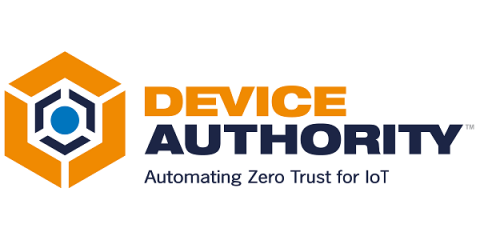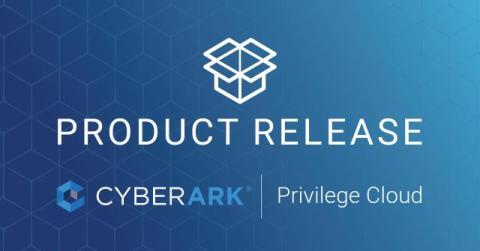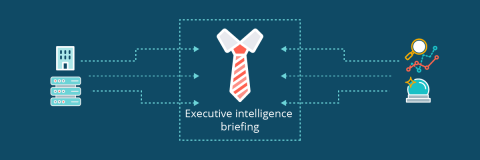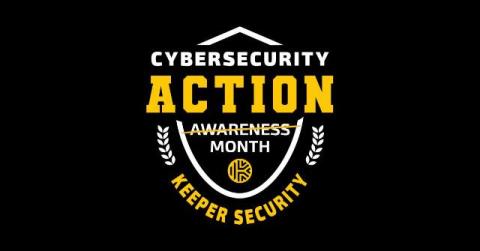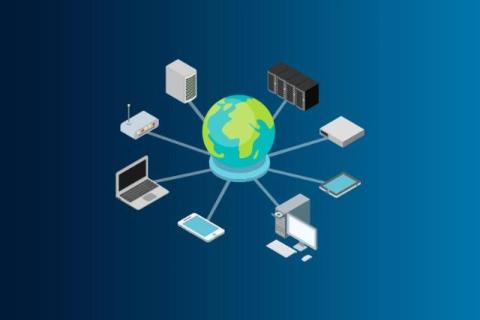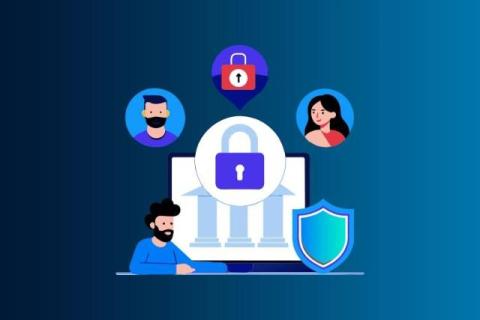Why Security Configuration Management (SCM) Matters
Security configuration management (SCM) is all about making sure your security systems do what you think they’re doing. In tennis, there is something called an unforced error. This is when a player loses points for a mistake they made themselves, not due to the skill of the other opponent. In a big way, security misconfigurations are those unforced errors on the security side or instances in which we give attackers a free win. Let/node/29512/’s stop that.



